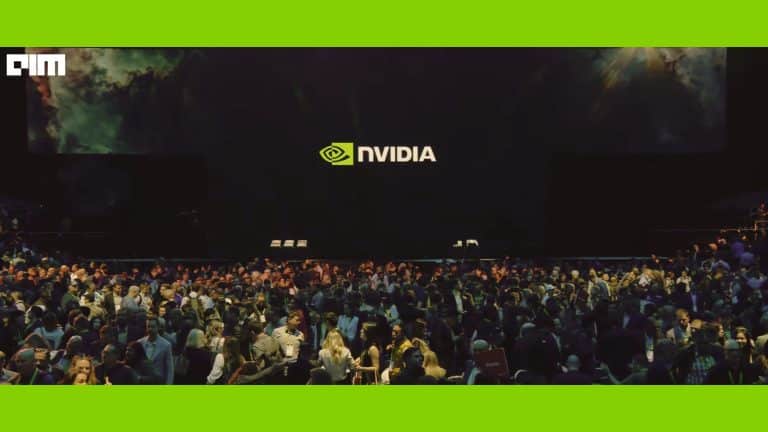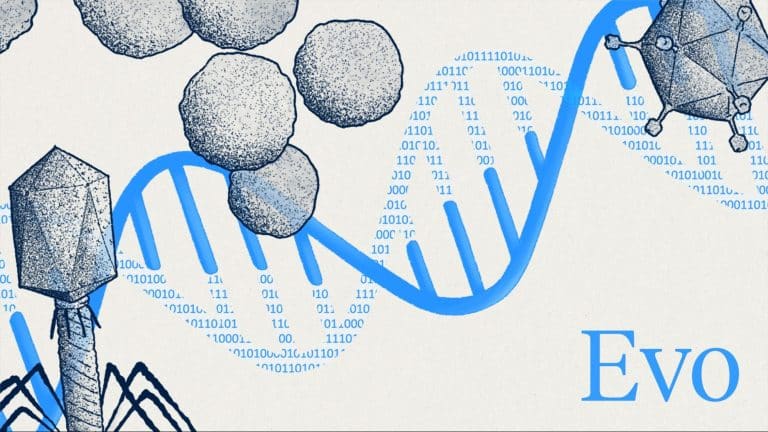Artificial Intelligence plays an important role in the pharmaceutical industry and the coming years there is simply no sign of the adoption of this cutting-edge technology slowing down. From making healthcare process automated to help in drug discovery, AI with machine learning can bring revolution in this industry. The key customer-oriented areas where AI is being implemented within the sector are the following:
1. Hands-On Speech Recognition System to analyse customer’s feedback.
Through natural language processing, audio and video files are transcribed from voice to text. These files shall be obtained from video-recordings from patients and customers speaking providing their opinion about a particular product or service. The dataset must be considerably large – more than 300 audio-video files – in order to assure accuracy. The larger the amount of datapoints, the better results that will be obtained.
Within that process, an intelligent platform performs a “sentiment analysis”, which means the platform mines for a series of keywords or statements, as well as the demographics of the speaker (including gender and, possibly, age).
Post-transcription, that data is categorized and classified, ready for analysis based on the chosen parameters.
Machine Learning uses diverse approaches to the creation of autonomous and supervised Neural Network-based speech recognition and translation systems. The two vanguard approaches in this period are Long Short-Term Memory and CNN. The LTSM network or RNN has an 82 per cent accuracy score, while the vision-based Convolutional Neural Network scores 95 per cent accuracy.
2. Hands-On Facial Recognition System and Emotion Analyser (Feedback/Review-oriented).
Every Machine Learning algorithm takes a dataset as input and learns from this data. The algorithm goes through the data and identifies patterns in the data. For instance, suppose we wish to identify whose face is present in a given image, there are multiple things we can look at as a pattern:
- Height/width of the face.
- Height and width may not be reliable since the image could be rescaled to a smaller face. However, even after rescaling, what remains unchanged are the ratios – the ratio of height of the face to the width of the face won’t change.
- Colour of the face.
- Width of other parts of the face like lips, nose, etc.
Clearly, there is a pattern here – different faces have different dimensions like the ones above. Similar faces have similar dimensions. The challenging part is to convert a particular face into numbers – Machine Learning algorithms only understand numbers. This numerical representation of a “face” (or an element in the training set) is termed as a feature vector. A feature vector comprises of various numbers in a specific order.
As a simple example, we can map a “face” into a feature vector which can comprise various features such as:
- Height of face (cm)
- Width of face (cm)
- Average colour of face (R, G, B)
- Width of lips (cm)
- Height of nose (cm)
Essentially, given an image, we can map out various features and convert it into a feature vector as:
| Height of face (cm) | Width of face (cm) | Average colour of face (RGB) | Width of lips (cm) | Height of nose (cm) |
| 23.1 | 15.8 | (255, 224, 189) | 5.2 | 4.4 |
So, our image is now a vector that could be represented as (23.1, 15.8, 255, 224, 189, 5.2, 4.4). Of course there could be countless other features that could be derived from the image (for instance, hair colour, facial hair, spectacles, etc). However, for the example, let us consider just these 5 simple features.
Machine Learning can help us here with 2 key elements:
- Deriving the feature vector: it is difficult to manually list down all of the features because there are just so many. A Machine Learning algorithm can intelligently label out many of such features. For instance, a complex features could be: ratio of height of nose and width of forehead. Now it will be quite difficult for a human to list down all such “second order” features.
- Matching algorithms: Once the feature vectors have been obtained, a Machine Learning algorithm needs to match a new image with the set of feature vectors present in the corpus.
3. Travel Time and Route Optimization with Machine Learning.
What is the relationship between machine learning and optimization? On the one hand, mathematical optimization is used in machine learning during model training, when we are trying to minimize the cost of errors between our model and our data points. On the other hand, what happens when machine learning is used to solve optimization problems?
In simple terms, we can use the power of machine learning to forecast travel times between each two locations and use the genetic algorithm to find the best travel itinerary for our delivery truck. The following parameters need to be followed:
- All orders need to be delivered on time.
- Ensure drivers are not rushed to make it on time by using buffer times and real-time distance.
- Save fuel by reducing the distance driven.
- Minimise idle time for drivers — no one likes waiting with a trunk full of packages.
- Improve vehicle utilisation.
- Fully automate the process.
- The algorithm needs to be able to grow with us — supporting different types of deliveries, vehicles and countries.
4. Employee Churn/ Attrition/ Turnover Model with Machine Learning.
Here, you can predict who, and when an employee will terminate the service. Employee churn is expensive, and incremental improvements will give significant results. It will help us in designing better retention plans and improving employee satisfaction. This will be measured through the following attributes:
- Satisfaction level: It is employee satisfaction point, which ranges from 0-1.
- Last evaluation: It is evaluated performance by the employer, which also ranges from 0-1.
- Number of projects: How many numbers of projects assigned to an employee?
- Average monthly hours worked: How many average numbers of hours worked by an employee in a month?
- Time spent at the company: it means employee experience. The number of years spent by an employee in the company.
- Work accident/s: Whether an employee has had a work accident or not.
- Promotion in the last 5years: Whether an employee has had a promotion in the last 5 years or not.
- Departments: Employee’s working department/division.
- Salary: Salary level of the employee such as low, medium and high.
- Left: Whether the employee has left the company earlier or not.
5. Retail Price Recommendation System with Machine Learning.
We will build a model that automatically suggests the right product prices. We are provided of the following information:
- Product id: the id of the listing
- Name: the title of the listing
- Item condition_id: the condition of the items provided by the sellers
- Category name: category of the listing
- Brand name: the name of the brand
- Price: the price that the item was sold for. This is target variable that we will predict
- Shipping: 1 if shipping fee is paid by seller and 0 by buyer
- Item description: the full description of the item



















































































